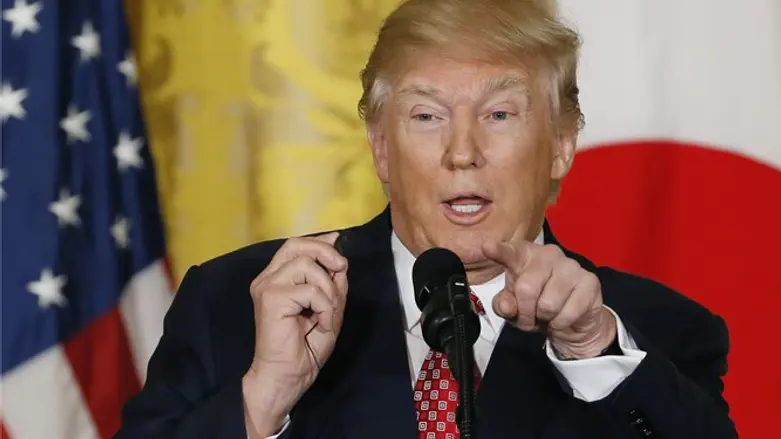
Is the news media biased against President Donald Trump, or Republicans in general?
For decades, conservatives have accused the major media outlets in print and television of unfair coverage arguing that the partisanship and ideology typically restricted to the editorial pages have crept in and corrupted what is often presented as hard news.
While journalists and many on the left have denied the claim or argued conservatives have exaggerated the degree of bias for their own electoral benefit, studies have revealed strong support for Democratic candidates among journalists.
In 2016, a study by the Center for Public Integrity showed that 96% of campaign donations by journalists went to Hillary Clinton, compared to just 3.5% which went to Trump. Of those donating, just under 90% gave to Clinton, compared to 10% who donated to the Trump campaign.
Nor is this partisan leaning among reporters anything new. According to the conservative Media Research Center, in 1992, journalists broke 89% to 7% in favor of then Governor Clinton over President George H.W. Bush, with a further 2% supporting Texas billionaire Ross Perot.
In 1996, just 15% of newspaper writers said they identified as conservatives. Among all journalists, just 6% said they were conservatives in 2001.
But do the partisan leanings of journalists necessarily mean there is a strong bias in their reporting?
According to a newly published report from Harvard, news media outlets have shown a demonstrably more critical approach in covering President Trump, with some newspapers and TV networks averaging nearly 10 times more negative coverage than positive.
The study, produced by Harvard’s Shorenstein Center on Media, Politics, and Public Policy, tracked the hard news reporting during the president’s first 100 days in office by 10 of the most widely watched and distributed media outlets in the US and Europe, including The Wall Street Journal, The Washington Post, The New York Times, Germany’s ARD, The Financial Times, the BBC, Fox News, CNN, NBC, and CBS.
While coverage of President Obama included 59% favorable content among the 10 news outlets compared to 41% negative, coverage of President Trump has included a whopping 80% of reporting that is negative in tone, with just 20% that is positive.
That’s far more skewed that even the last Republican president before Trump, George W. Bush, received from a news media that was notoriously hostile towards his administration.
During Bush’s first 100 days, 57% of news coverage was negative, compared to 43% which was positive.
Surprisingly, Bush’s Democratic predecessor, Bill Clinton, who was favored by journalists by a wide margin, was subjected to 60% negative coverage during his first 100 days.
Broken down by outlet, the most biased news media in the US were CNN and NBC, both of which had coverage which was negative in tone 93% of the time. CBS was only slightly more balanced, with 91% negative coverage.
The two leading left-leaning newspapers in the US, The New York Times and the Washington Post, had news coverage of President Trump that was negative in tone 87% and 83% of the time respectively. The fiscally conservative Wall Street Journal was marginally more balanced, with negative coverage 70% of the time.
The most balanced news outlet was Fox News, which came the closest to proportional negative and positive tone in their coverage of the president’s first 100 days.
While Fox is often accused of having a conservative bias, the network actually had slightly more negative coverage than positive, with 52% of reporting on Trump negative in tone. Fox is now run by Rupert Murdoch's sons.
Of the foreign media outlets, ARD had the most negative coverage, with a stunning 98% negative in tone. The Financial Times came in second with 84% negative coverage, and the BBC third with 74%.
Coverage of the president was most often negative in tone when touching on the issues of immigration, when coverage was 96% negative, health care reform (87% negative), and possible Russian interference in the US election (87%). Coverage was more balanced when the economy was in focus (54% negative), and terrorism (70%).
